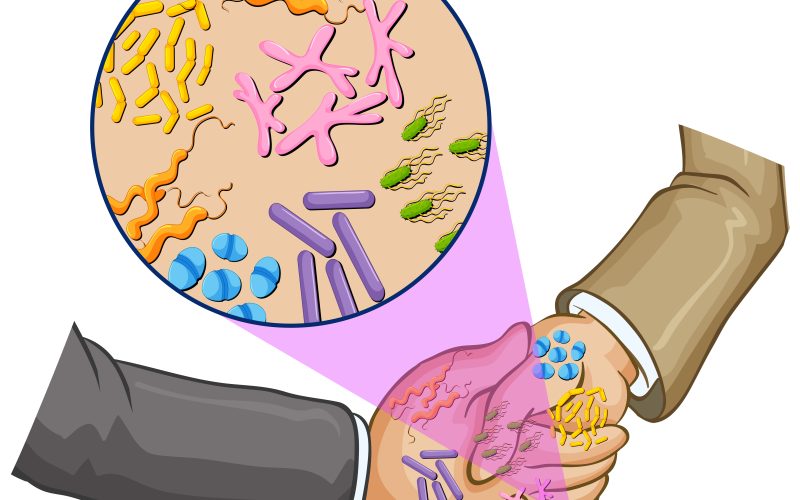Piroplasmosis, also known as Babesiosis, is a tick-borne disease caused by a microscopic parasite that infects the red blood cells of mammals. The disease affects various domestic and wild animals, including cattle, sheep, horses, dogs, and cats. Piroplasmosis is prevalent in many parts of the world, including North and South America, Europe, Asia, and Africa. In this article, we will discuss the symptoms, causes, and treatment of Piroplasmosis.
Symptoms of Piroplasmosis:
The symptoms of Piroplasmosis can vary depending on the severity of the infection and the affected animal. Some common symptoms include:
- Fever
- Loss of appetite
- Fatigue
- Pale or yellow gums
- Dark urine
- Weakness
- Rapid breathing
- Jaundice
- Anemia
- Weight loss
In severe cases, Piroplasmosis can lead to coma, seizures, and even death.
Causes of Piroplasmosis:
Piroplasmosis is caused by a microscopic parasite called Babesia, which is transmitted through the bite of infected ticks. The parasite enters the bloodstream and infects the red blood cells, where it multiplies and causes damage to the cells. The infected ticks can transmit the parasite to other animals, including humans, through their bite.
Prevention of Piroplasmosis:
Prevention is the best way to avoid Piroplasmosis. Here are some ways to prevent the disease:
- Use tick repellents on your pets and livestock
- Check your pets and livestock for ticks regularly and remove them immediately
- Keep your pets and livestock in tick-free areas
- Use tick control products on your pets and livestock
- Avoid contact with infected animals
Treatment of Piroplasmosis:
The treatment of Piroplasmosis involves the use of anti-parasitic drugs, such as imidocarb dipropionate and atovaquone. In severe cases, blood transfusions may be necessary to replace the infected red blood cells. It is important to seek veterinary care immediately if you suspect that your pet or livestock has Piroplasmosis.
In conclusion, Piroplasmosis is a serious disease that can affect many animals, including humans. Understanding the symptoms, causes, and treatment of the disease is essential to prevent and treat it. By following the prevention measures, such as using tick repellents, checking your pets and livestock for ticks, and avoiding contact with infected animals, you can reduce the risk of Piroplasmosis. If you suspect that your pet or livestock has the disease, seek veterinary care immediately.












